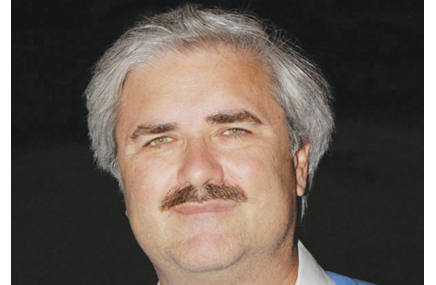Spring 2013 brings a fresh crop of potential blockbusters to the US pharmaceutical market, led by the pending FDA approval of the first entry in the SGLT-2 class of type-2 diabetes drugs, Johnson & Johnson’s Invokana. At press time, Invokana (canagliflozin) was poised to receive a thumbs-up or -down from the FDA this Friday, following an advisory committee’s January vote of 10-5 in favor.
The SGLT-2 class of drugs features a novel mechanism of action that reduces blood-glucose levels while addressing hypoglycemia. Most patients in the trials also lost weight while taking this class of drugs. While there are safety issues, this new category promises better efficacy for patients who have difficulty controlling their glucose levels with existing treatments and addresses a significant unmet need in the market.
Marketing diabetes treatments in the US
Overall marketing spending on non-insulin diabetes treatments grew significantly between 2011 and 2012—by over $200 million to roughly $1.6 billion for the year. This was mostly driven by increased marketing for the DPP-IV class as marketing spending for glitazone treatments fell.
CHART 1: US marketing spending for DPP-IV anti-diabetic drugs
This makes the diabetes treatment market one of the most expensive for launching a new therapy. For example, in its first quarter on the market, Boehringer Ingelheim and Eli Lilly’s Tradjenta spent $30 million on marketing. Outlay rose to the $60-$70 million range beginning with Q3 of 2011.
Last year’s launches
We have to contrast that with 2012, which saw a number of launches in other classes but no big spenders like Tradjenta…and nowhere near the spending for the products that were lost during the patent expirations of 2011 and 2012.
Most of the notable new launches happened late in the year, so there is limited data available on initial marketing spending. (Pfizer’s much-anticipated RA drug Xeljanz, for example, wasn’t approved until November.)
With annual spending of $20-$30 million for the leaders in the RA/L04X class, Xeljanz’s expected $9-million spend per quarter would make the product a class-leader, albeit far below blockbuster levels of promotion.
CHART 2: Marketing spending for selected US product launches
An earlier SGLT-2 treatment, Bristol-Myers Squibb and AstraZeneca’s Forxiga, was rejected by the FDA in 2012 but approved in Europe (additional studies are under way which are hoped will lead to an FDA approval in 2013/2014). This European launch of Forxiga provides an interesting opportunity to observe launch strategy for the drug and to determine how the American SGLT-2 launches might play out.
Prior to Forxiga’s launch in the fourth quarter of last year, the UK market landscape was similar to the US, with Tradjenta, Merck’s Januvia, and BMS and AstraZeneca’s Onglyza maintaining the top spots for share of spending. Marketed in the UK by sales teams from both BMS and AZ, the launch quickly saw the teams redeployed from detailing Onglyza/Kombiglyza to details for the new drug. With this strong push, Forxiga moved to top position for share of voice in the UK by December of last year.
CHART 3: Marketing spending for the UK Forxiga launch
The two partners executed a somewhat different marketing strategy with the BMS sales team focusing on nurse educators while the AZ team focused more on the GP population. Detail messages for the new product focused not only on the blood sugar reduction/HbA1c control indications and mechanism of action but also on the weight-loss effect from taking the drug.
CHART 4: Specialty targeting for the UK Forxiga launch
We can expect a similar major push in the US market. Given the potential for this new class in the US market, it would not be surprising for each of the competitors to spend in the $200-$300 million range for marketing in their first year with about two-thirds of the spending going to detailing and a quarter going to samples. This would not be all incremental to the market, however, since some of the sales efforts could come from redeployment of existing sales teams.
Jerry Maynor is marketing and business development director for the US at CSD – Cegedim Strategic Data.








